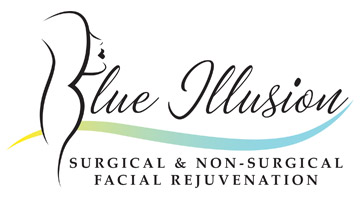Viral Facial Paralysis
Bell’s palsy is the most common cause of facial paralysis and typically presents with a rapid onset of unilateral facial paralysis. A change in taste or numbness of the tongue may also be noticed. Most evidence points to a viral etiology for Bell’s palsy. 85% of patients with Bell’s palsy recover to normal or near-normal facial function. 15% of patients, however, experience delayed recovery of facial function and may develop synkinesis. Ramsay-Hunt syndrome is the development of acute facial paralysis in the setting of vesicular outbreak around the ear. This condition results from Varicella Zoster virus (the chicken pox virus). Ramsay-Hunt syndrome can affect hearing and / or balance function as well.
In patients with acute facial paralysis, we offer a full range of electrodiagnostic testing including electroneuronography (EnOG) and electromyography (EMG). ENOG testing can provide useful prognostic information and also helps determine if a patient is a candidate for facial nerve decompression. The treatment for acute facial paralysis involves oral steroid therapy and anti-viral medication. Because the blink reflex is affected, it is critically important to ensure adequate lubrication of the eye with artificial tears during the day and lubricating ointment in the eye at night to prevent desiccation of the cornea.
In patients with delayed or poor recovery, facial neuromuscular retraining exercises can be helpful. Patients with synkinesis can also benefit from Botox therapy.

